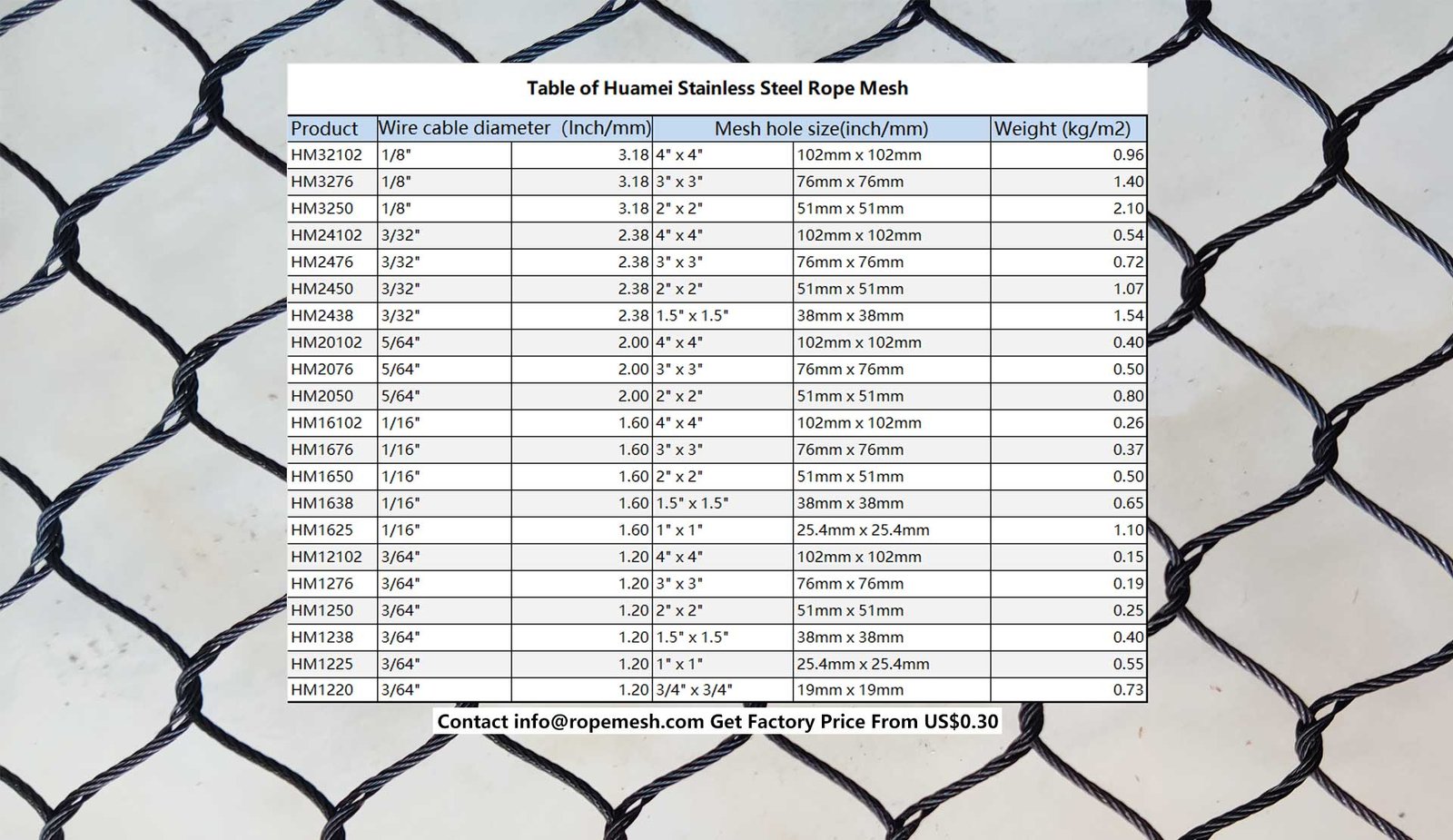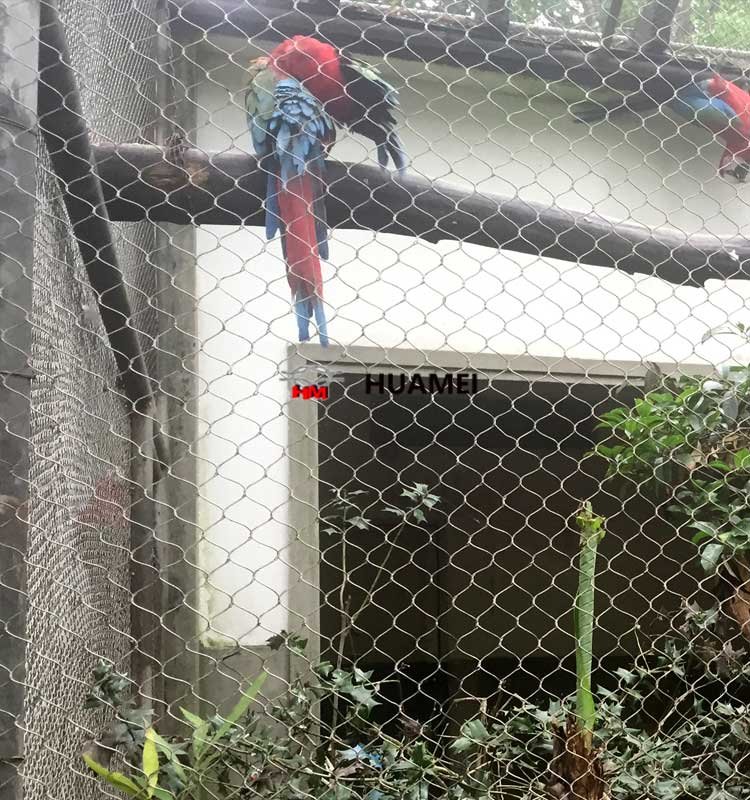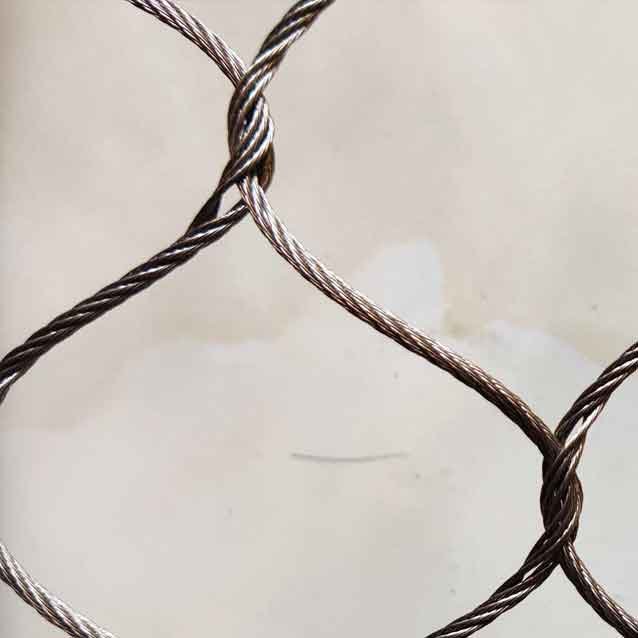Introduction to Bird Safety and Habitat
Maintaining a safe and secure habitat for birds is crucial, both in domestic settings like backyard aviaries and in more expansive environments such as wildlife sanctuaries. The integration of appropriate netting solutions is an essential component of bird safety, providing a protective barrier against external threats while ensuring that the birds can enjoy their environment. The necessity for a secure net for birds becomes especially evident when considering the various types of predators that may pose a risk, including cats, hawks, and other wildlife. By utilizing specialized bird nets, owners can mitigate these dangers, promoting a peaceful and secure atmosphere for their feathered inhabitants.
Bird nets are designed to offer multifaceted benefits beyond predator protection. For instance, they allow adequate airflow and sunlight to penetrate the living space, vital for the birds' physical health and overall well-being. This balanced exposure to natural elements can mimic the birds' native habitats, promoting behaviors that are essential for their mental stimulation. When birds are allowed access to fresh air and sunlight, they exhibit more active behaviors and experience lower stress levels, contributing positively to their health and longevity.
Choosing the right net for birds not only enhances their safety but also supports their natural instincts and behaviors. Whether in a backyard aviary or a larger sanctuary, the careful selection of materials and designs ensures that birds can thrive in a secure environment. The importance of a net for birds cannot be understated; it plays a vital role in safeguarding them from harm while creating a habitat that fosters their physical and psychological needs.


